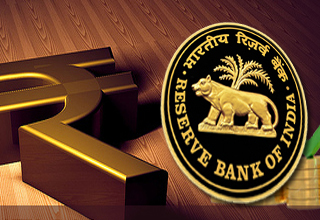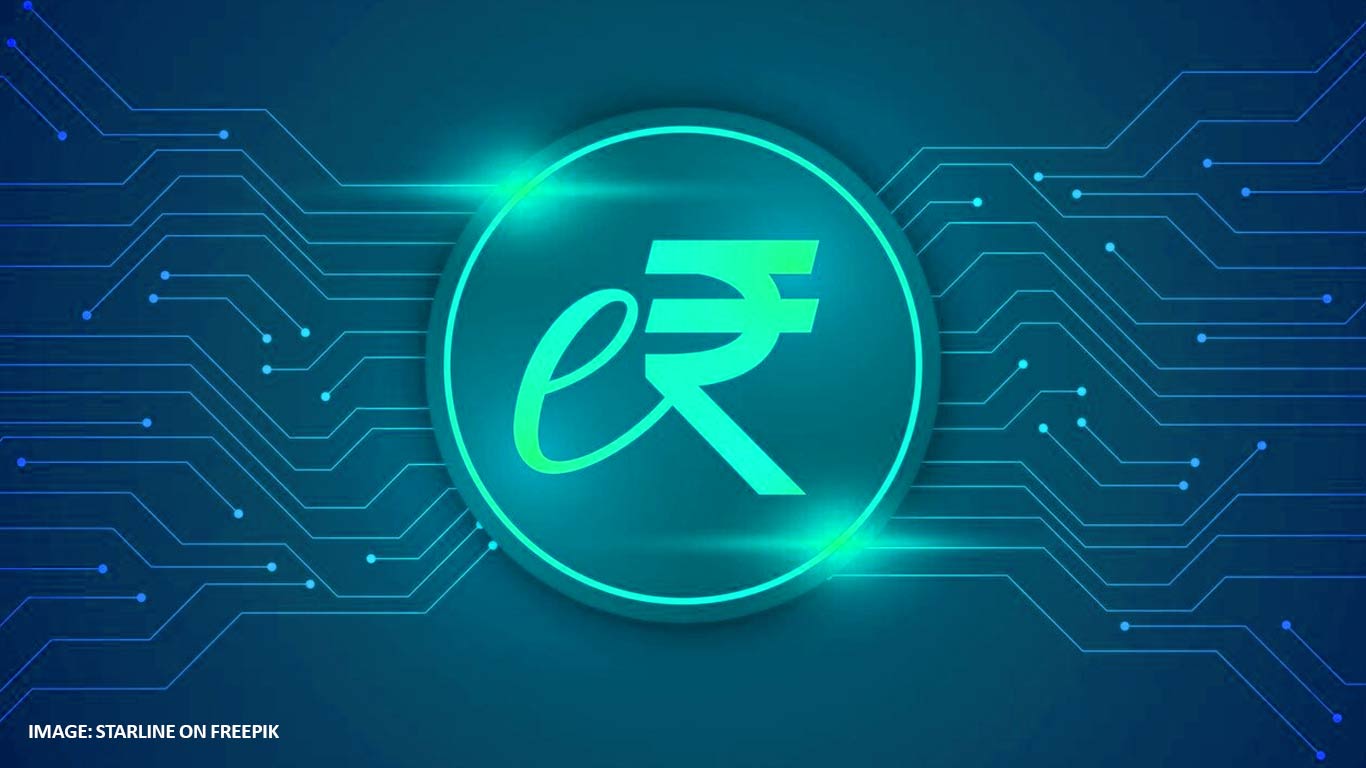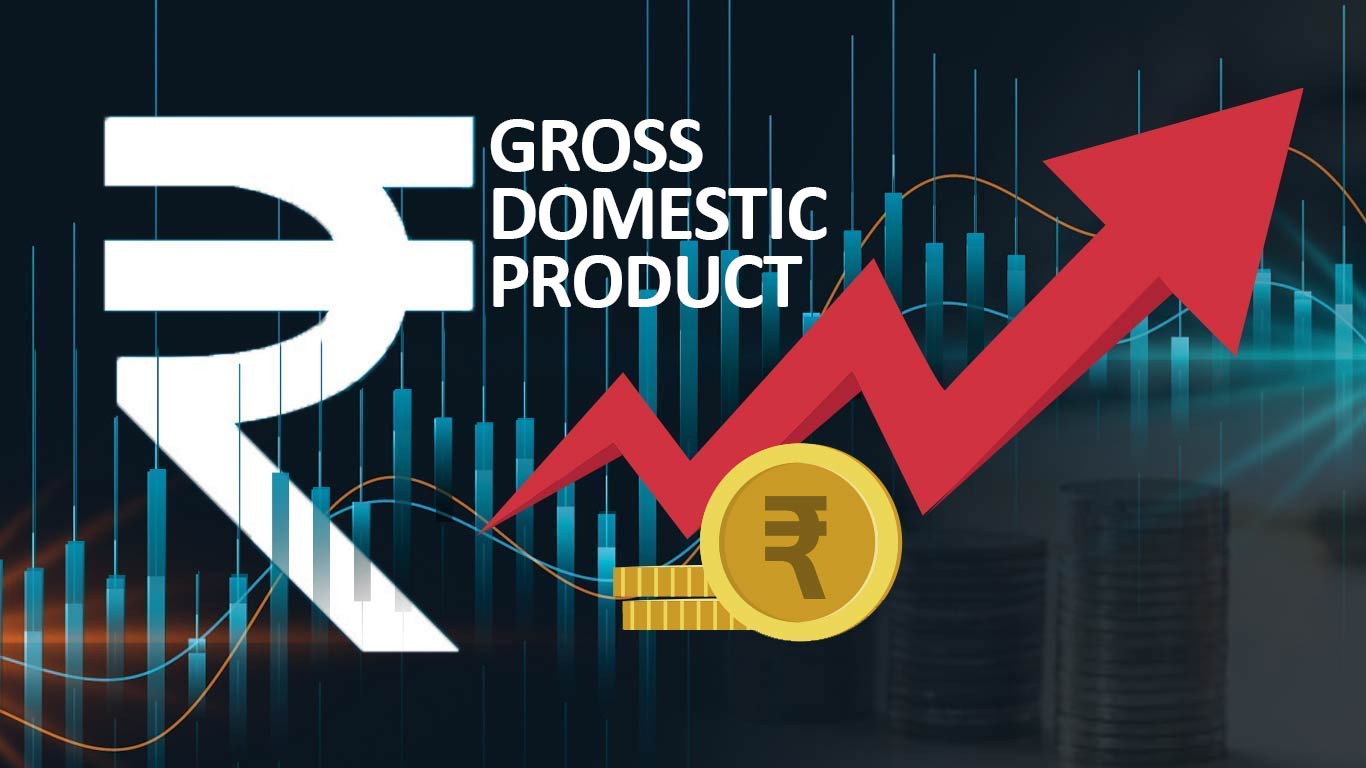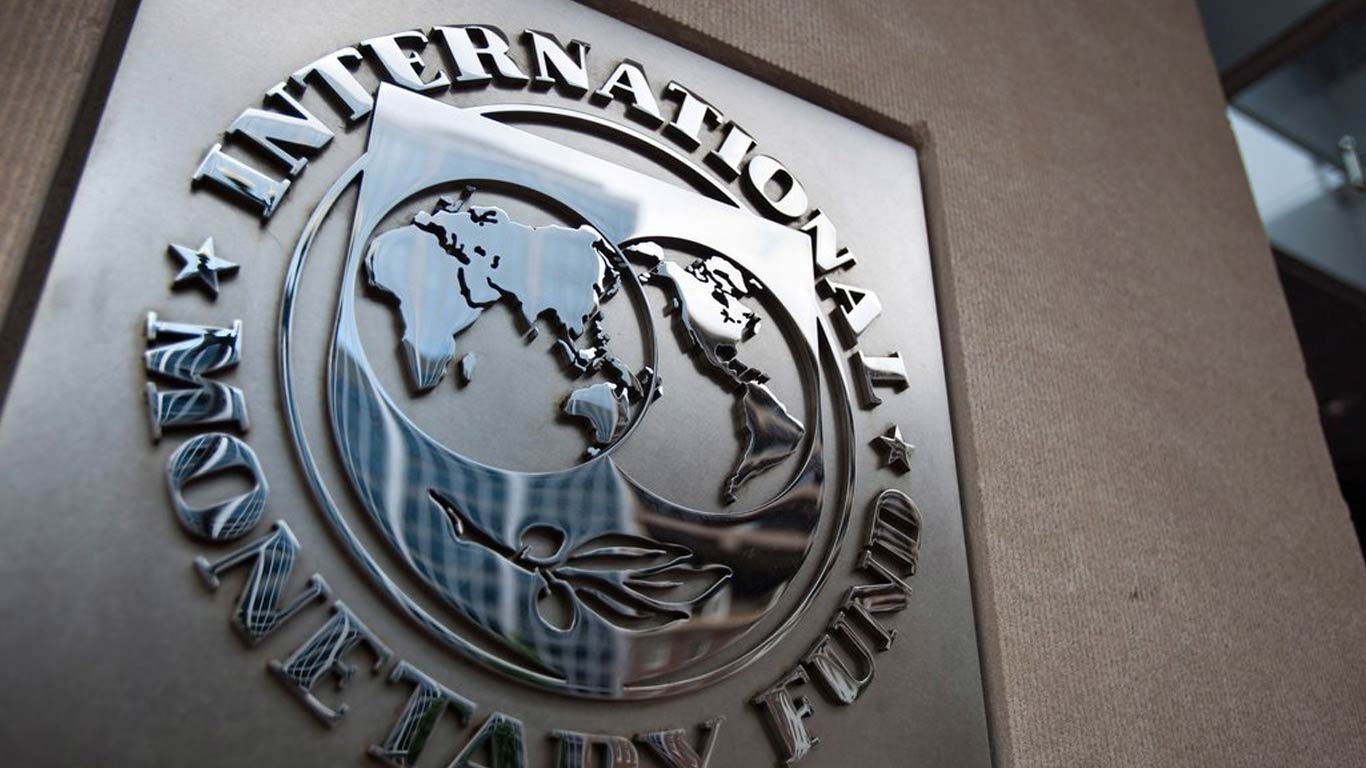RBI eases primary dealers' exposure ceiling to a qualified central counter party
Updated: Mar 28, 2014 11:46:46am

The revised guidelines shall be effective from April 1, 2014, RBI said in a notification.
The exposure ceiling limits would be 25 per cent of latest audited Net Owned Funds (NOF) in case of a single borrower/counterparty and 40 per cent of NOF in case of a group borrower, the RBI said.
The ceilings on single or group exposure limit would not be applicable where principal and interest are fully guaranteed by the government, it added.
PDs should include credit risk exposures to all other categories of non-Government securities including investments in mutual funds, commercial papers, certificate of deposits, positions in OTC derivatives not settled through Qualifying CCP (QCCP) etc. to compute extent of credit exposure to adhere to the prescribed prudential limits, the RBI guidelines said.
However, other exposures to qualified central counter party (QCCPs), like investments in the capital of a CCP, will continue to be within the existing exposure ceiling of 25 per cent of NOF to a single borrower or counter-party.
At present, there are four CCPs - Clearing Corporation of India, National Securities Clearing Corporation, Indian Clearing Corporation, and MCX-SX Clearing Corporation.
While the CCIL has been granted the status of a QCCP by RBI, the other three CCPs have been granted the status of QCCP by SEBI.
The RBI also reviewed the existing guidelines on capital charge for credit risk of standalone PD's exposure to interest rate derivative contracts, rep/reverse repo transactions and central counter parties have been reviewed.
The RBI said repo-style transactions shall attract capital charge for counter-party credit risk, in addition to the credit risk and market risk. (KNN/SD)











